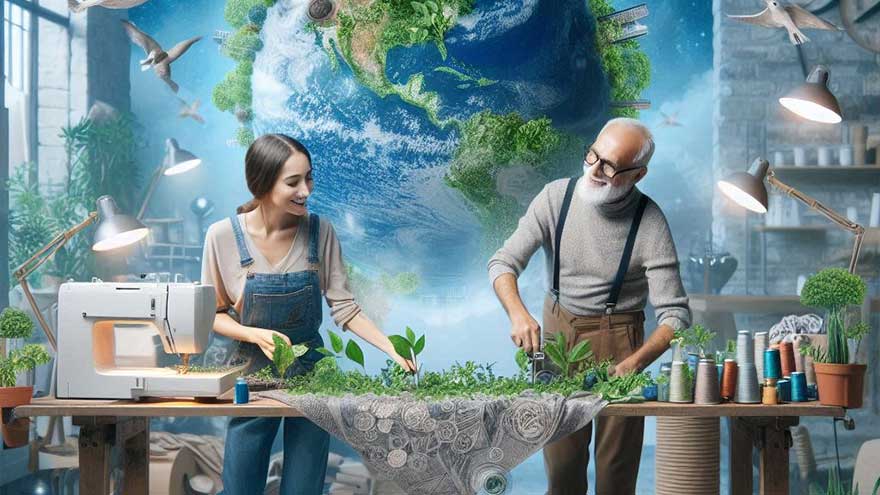Sustainable fashion is transforming the industry by prioritizing eco-friendly materials, ethical production, and waste reduction. This article explores the environmental impact of fast fashion, principles of sustainability, and innovative practices like biodegradable fabrics and circular fashion. It highlights the crucial role consumers play in driving this movement and discusses the challenges and future outlook of sustainable fashion. By embracing these practices, the fashion industry can move towards a more responsible and eco-friendly future.

Sustainable fashion is more than just a trend; it’s a movement towards creating a more environmentally friendly and socially responsible industry. As awareness of climate change and environmental degradation grows, consumers and brands alike are seeking ways to reduce their impact on the planet. This article explores the key aspects of sustainable fashion, its importance, and how it is shaping the future of the fashion industry.
Fast fashion, characterized by the rapid production of inexpensive clothing, has significant environmental consequences. The industry is one of the largest polluters, contributing to water pollution, excessive waste, and high carbon emissions. The production process often involves harmful chemicals and dyes, which contaminate water sources and soil. Additionally, the short lifecycle of fast fashion items leads to massive amounts of textile waste in landfills.
Consumers play a crucial role in driving the sustainable fashion movement. By making conscious choices, such as buying from ethical brands, supporting second-hand markets, and caring for their clothes to extend their lifespan, consumers can significantly reduce their environmental impact. Educating oneself about the origins and production processes of clothing can also lead to more informed and sustainable purchasing decisions.
While sustainable fashion is gaining momentum, it faces several challenges. High production costs, limited availability of sustainable materials, and the need for consumer education are significant hurdles. However, as technology advances and awareness grows, the industry is likely to overcome these obstacles.
The future of fashion lies in sustainability. As more brands and consumers embrace eco-friendly practices, the industry will continue to evolve towards a more sustainable and ethical model. By prioritizing the planet and people over profit, sustainable fashion has the potential to create a positive and lasting impact on the world.
Sustainable fashion is not just a fleeting trend but a necessary shift towards a more responsible and eco-friendly industry. By adopting sustainable practices, both brands and consumers can contribute to a greener future. As the movement grows, it promises to transform the fashion industry, making it more sustainable, ethical, and innovative.